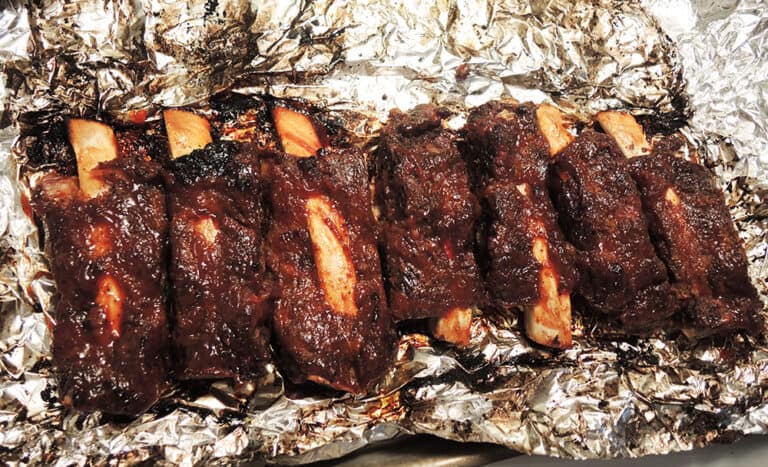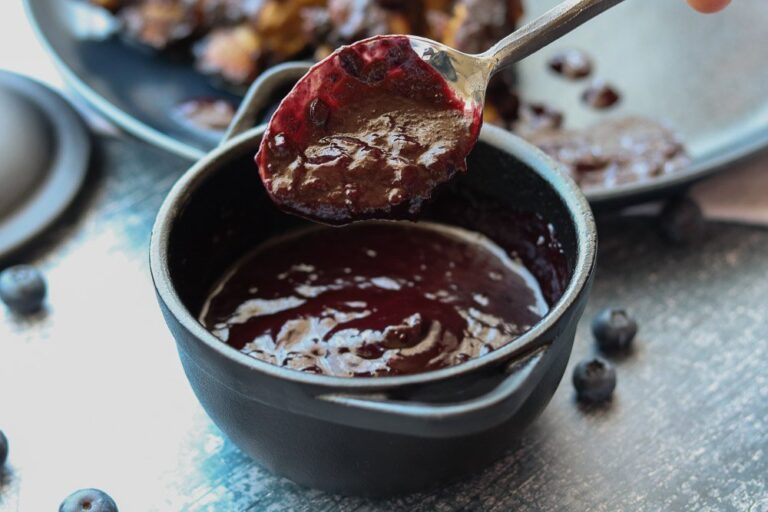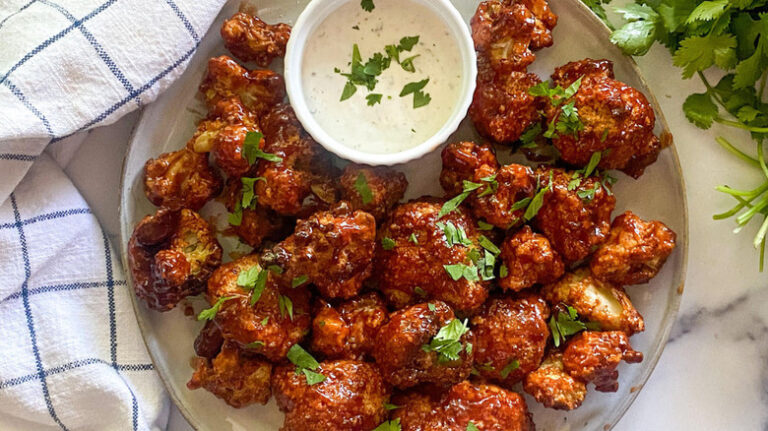Avoiding Common Skirt Steak Mistakes
Skirt steak is a favorite among grilling enthusiasts due to its rich flavor and tender texture when cooked properly. However, achieving the perfect skirt steak can be tricky, and many home cooks fall victim to common mistakes that can result in a less-than-ideal meal.
In this article, we’ll explore the most frequent errors and avoiding common skirt steak mistakes, ensuring your steak is juicy, flavorful, and perfectly cooked every time.
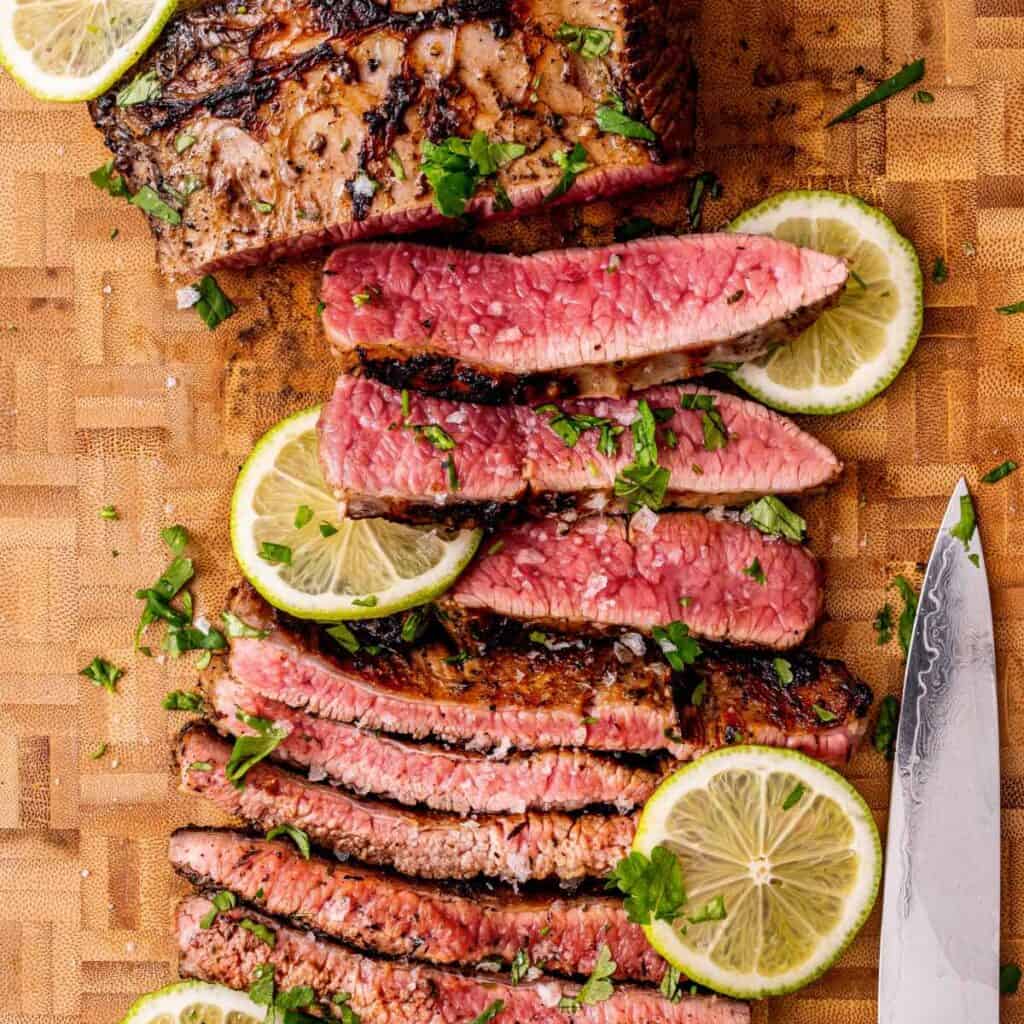
Overcooking and Drying Out
One of the biggest mistakes when cooking skirt steak is overcooking, which leads to a dry and tough texture. Skirt steak is a thin cut of meat, which means it cooks quickly.
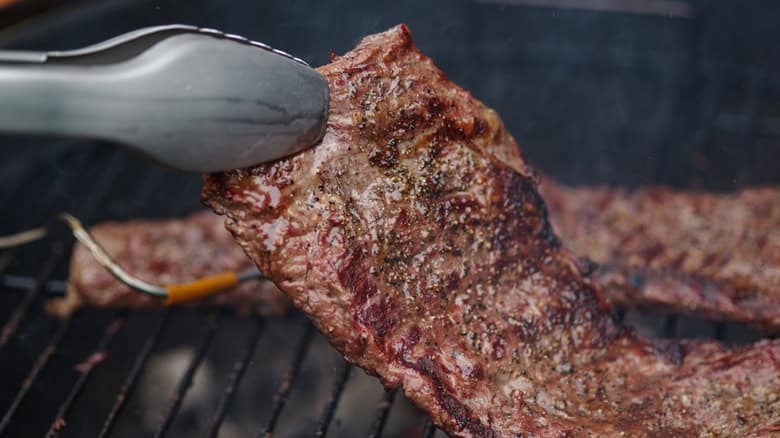
Monitoring Cooking Times
Timing is everything when it comes to skirt steak. Due to its thinness, skirt steak can go from perfectly cooked to overdone in just a couple of minutes. Always keep a close eye on your cooking times and use a meat thermometer for accuracy. For medium-rare, aim for an internal temperature of 130°F to 135°F, and for medium, target 140°F to 145°F.
Monitoring Cooking Times: Tips for Precision
- Use a Timer: Set a timer when you place the steak on the grill. Depending on the thickness, start checking after 2-3 minutes per side.
- Thermometer Check: Insert a meat thermometer horizontally to get an accurate reading without over-penetrating the thin steak.
- Visual Cues: Look for a nice char on the outside but be aware that this doesn’t always indicate the inside is done. Combine visual inspection with a thermometer reading.
- Cooking Zones: Utilize different heat zones on your grill. Start with high heat for searing and then move the steak to a cooler part if it needs more time without burning the exterior.
Inadequate Resting Times
Skipping the resting period or not allowing enough time for the steak to rest can lead to a dry and less flavorful cut.
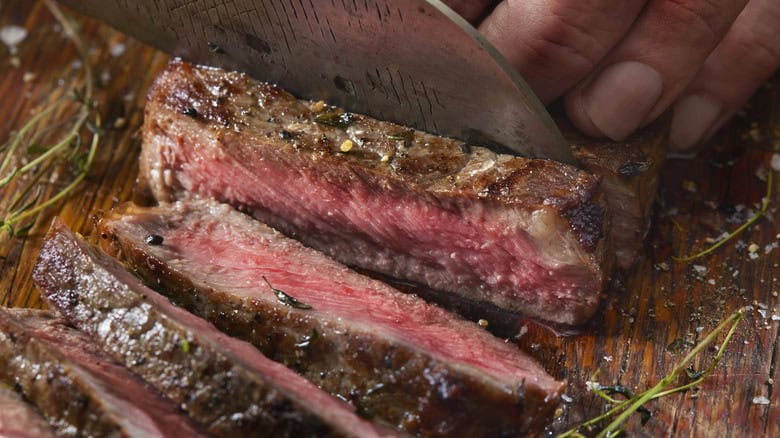
Importance of Resting
Resting the steak is crucial because it ensures that the juices, which have been pushed to the center of the steak during cooking, are evenly distributed throughout the meat. This process enhances the flavor and juiciness of the steak. After removing the steak from the grill, it’s essential to let it rest. Resting allows the juices to redistribute throughout the meat, resulting in a more flavorful and moist steak.
How Long to Rest
Let your skirt steak rest for at least 5 to 10 minutes after cooking. Cover it loosely with foil to retain warmth without trapping steam, which can make the crust soggy. This short resting period is sufficient for a thin cut like skirt steak to achieve the best texture and flavor.
Not Using High Enough Heat for Searing
Achieving a good sear on skirt steak is essential for developing a flavorful crust. Many cooks make the mistake of not using high enough heat, resulting in a lackluster sear.
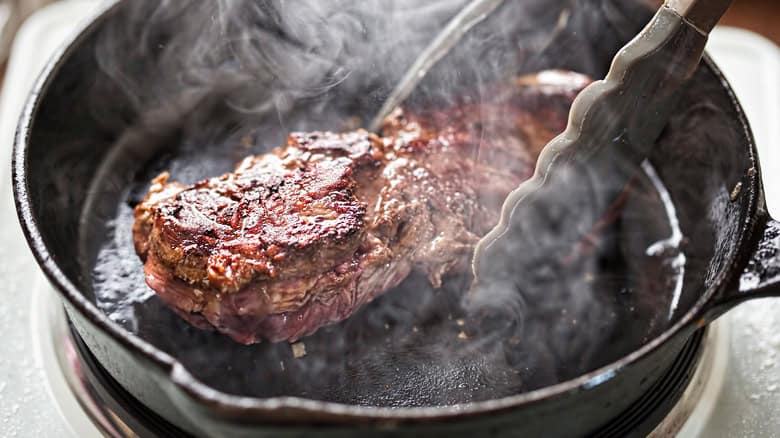
Preheating the Grill
Preheating your grill is a step that should never be skipped. Ensure your grill is hot enough before placing the steak on it. A properly preheated grill will help you achieve that perfect sear. Aim for a grill temperature of around 450°F to 500°F.
Preheating the Grill: Steps for Success
- Clean the Grill: Remove any old food residue to prevent sticking and ensure even heating.
- Oil the Grates: Use a paper towel dipped in oil and tongs to oil the grates. This prevents sticking and enhances the sear.
- Close the Lid: Let the grill preheat with the lid closed for at least 15 minutes. This traps heat and ensures the grates are thoroughly hot.
- Infrared Thermometer: Use an infrared thermometer to check the surface temperature of the grates.
To achieve the perfect sear, ensure your steak is dry before placing it on the grill. Pat it with paper towels to remove any excess moisture. High heat and a dry surface will create a beautiful, caramelized crust that enhances the steak’s flavor.
Achieving the Perfect Sear: Advanced Techniques
- Salt Early: Salt the steak 40 minutes to an hour before cooking. This draws out moisture, which is then reabsorbed, enhancing the crust.
- Press Down: When you first place the steak on the grill, press it down gently with a spatula to ensure full contact with the grates.
- Avoid Moving: Once the steak is on the grill, avoid moving it around. Let it sear for 2-3 minutes undisturbed for those coveted grill marks.
- Flip Once: For a well-caramelized crust, flip the steak only once during cooking.

Common Mistakes with Skirt Steak
Here are some additional common mistakes and how to avoid them:
- Improper Marinating: Skirt steak benefits from marination to tenderize and infuse flavor. However, marinating for too long can break down the meat fibers excessively, resulting in a mushy texture. Aim to marinate for no more than 30 minutes to 2 hours.
Marinating Mistakes to Avoid
- Acid Overload: Too much acid in the marinade can “cook” the meat and make it tough. Balance with oil and herbs.
- Marinating Time: For skirt steak, 30 minutes to 2 hours is sufficient. Longer times can degrade the texture.
- Pat Dry: Always pat the steak dry after marinating to promote a good sear.
- Reuse Marinade: Boil used marinade before using it as a sauce to eliminate any bacteria from the raw meat.
- Incorrect Slicing: Skirt steak should be sliced against the grain to ensure tenderness. Cutting with the grain results in tougher, chewier bites.
Correct Slicing Techniques
- Identify the Grain: Look for the lines of muscle fibers running through the steak.
- Slice Thinly: Use a sharp knife to cut thin slices, which will be more tender.
- Diagonal Cuts: Angle your knife at 45 degrees to make slicing easier and more efficient.
- Cut After Resting: Always slice the steak after it has rested to keep juices in the meat.
- Neglecting Seasoning: Proper seasoning is key to a flavorful skirt steak. Season both sides generously with salt and pepper before cooking.

Seasoning Strategies
- Kosher Salt: Use kosher salt for its larger crystals and better flavor absorption.
- Freshly Ground Pepper: Freshly ground black pepper enhances the steak’s natural flavors.
- Herb Blend: Create a dry rub with garlic powder, onion powder, and smoked paprika for an added flavor dimension.
- Season Early: Season your steak at least 40 minutes before cooking to allow the salt to penetrate the meat.
By following these tips and avoiding common mistakes, you can ensure your skirt steak turns out perfectly every time. Enjoy a juicy, flavorful, and tender skirt steak that will impress your guests and elevate your grilling skills.
FAQs
Conclusion
Mastering the art of cooking skirt steak involves attention to detail and avoiding common pitfalls. By monitoring cooking times, ensuring proper resting, using high heat for searing, and following additional tips for marination and slicing, you can enjoy a perfect skirt steak every time. Whether you’re grilling for a family dinner or a BBQ party, these insights will help you serve a delicious and impressive meal. Happy grilling!
Disclosure: Our blog contains affiliate links to products. We may receive a commission for purchases made through these links. However, this does not impact our reviews and comparisons. We try our best to keep things fair and balanced, in order to help you make the best choice for you.


